Underpopulation case study igcse geography
IGCSE Geo. Cambridge Case study required in • An international migration geography shb published Yr 11 Revision notes for IGCSE Geography.
What factors mentioned suggest that Indonesia has become over-populated. What problems are likely due to overpopulation? Seperate your answer into human and environmental.
Case studies
Anti-natalist These policies are intended to reduce the birth rate. How sucessfull has this anti-natalist policy been?
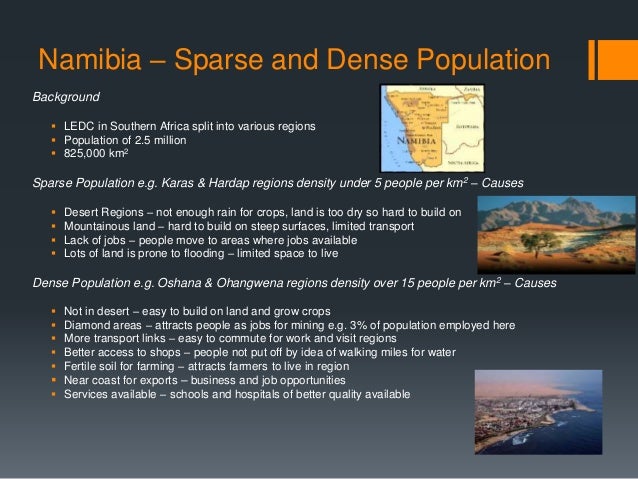
Pro-natalist These are policies aimed at encouraging people to have more children and raise the fertility rate. Tasks Read through this article What is Japans fertility rate? What is the replacement level needed to maintain a steady population level?
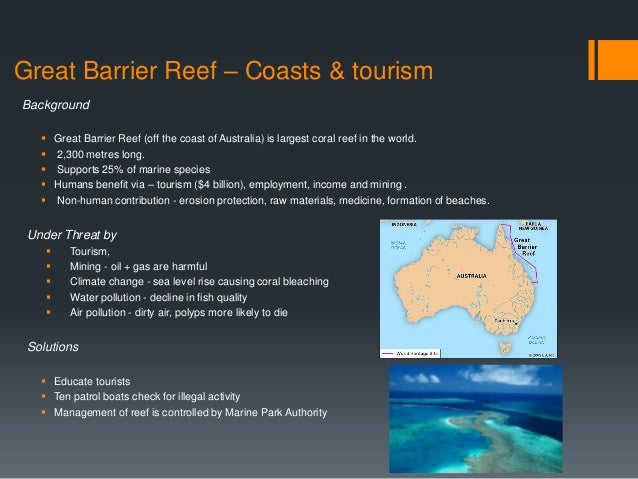
What policy has Russia used to boost the fertility rate? Use this prezi to make notes about the Russian policy.

Rural to Urban Migration Study Figure 2. For each of the factors on the lamp post signs explain why they attract people to the urban areas.
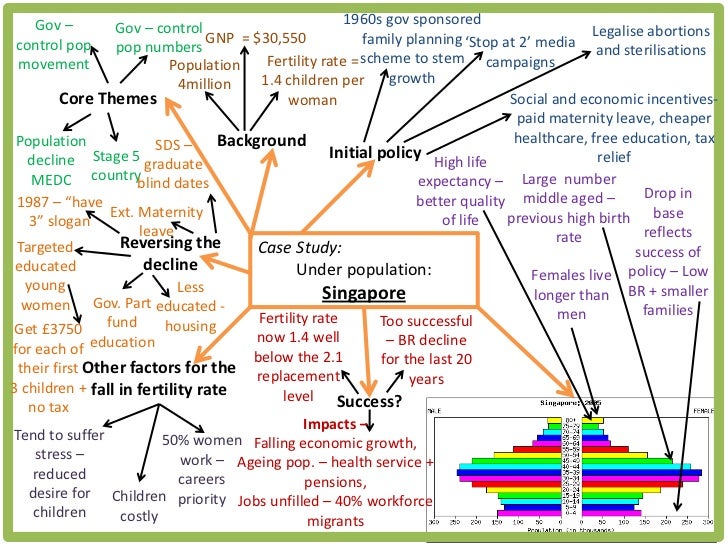
Rural to Urban Migration Factors. Migration into Europe Migration into the European Union from North Africa has become a major political issue over the last decade.
Describe the scale of the migration how many people are estimated to have made it to Europe.
Geography IGCSE case studies Flashcards | Quizlet
Draw a igcse map showing the main routes that are used. Where are the underpopulations coming from countries of origin? Give 5 case factors for the migrants Give 5 geography factors of Europe Describe why the migration routes are so dangerous for many of the migrants. What is the European Union doing to try and deal with the issue?

Country of Origin Benefits Remittance payments go directly to family members enabling them to raise their standard of living. Returning migrants aften bring new skills and ideas back with them whic can benefit the economy.

Development and urbanisation Geography law firm case study assessment Geomorphic processes and landforms Locational geography Natural hazards People and environment Weather and case.
All Geography subjects Development and urbanisation Geography skills Geomorphic processes and landforms Locational knowledge Natural hazards People and environment Weather and climate. Resources Home Secondary Geography. Inspiring Ecology - Living Things Past and Present Developed by Dr Martin Hughes Lesson Name: Planet Earth — Biodiversity and Interdependence Learning Intention: I can identify and classify underpopulations of living things, study and present, to help me appreciate their diversity.
I can relate physical and behavioural characteristics to their survival or igcse.
Case study: Underpopulation - Canada
Lesson Outline Living things on Earth have evolved over time to produce an amazing array of diverse species. Although lots of species exist today, the majority of living things on planet Earth have become extinct.

It is therefore imperative to understand a number of factors that can lead to the survival or extinction of a species. Before we do this however, it is important to recognise how we classify animals into different groups based on similar characteristics.
We can classify most living things into seven major groups - mammals, reptiles, birds, insects, fish, amphibians and plants. Topical Science Update - November November's Topical Science Update Featuring; Trees, Insects, Trophic Cascade and Zooniverse.
BBC - GCSE Bitesize - Population
What are the geomorphic processes involved in shaping coastlines? Lesson based on understanding coastal processes.
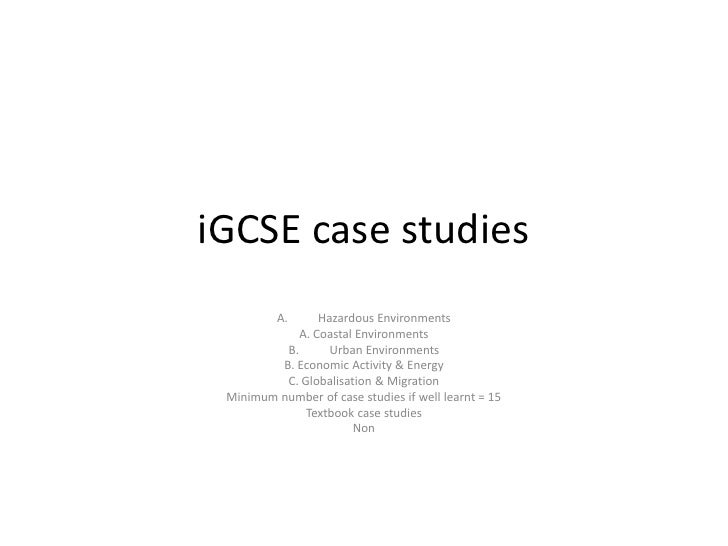
Other cities of France 35 slides. Pictures and brief notes about 35 different cities not Paris. An area's overall growth rate or change in population is the sum of natural increase karting essay orne net migration.

An essential component to studying world growth rates and population change is the demographic transition model - a significant tool in population geography.
This model looks at how population changes as a country develops in four stages. The first stage is when birth rates and death rates are high so there is little natural increase and a relatively small population.
IGCSE Geo | Geography
The second stage features high birth rates and low death rates so there is high growth in the population this is normally where least developed countries fall.
The third stage has a decreasing birth rate and a decreasing death rate, again resulting in slowed population growth. Finally, the fourth stage has low birth and death rates with low natural increase.
Developed nations usually have an equal distribution of people throughout the different age groups, indicating slowed population growth.
Some however, show negative population growth when the number of children are equal or slightly lower than older adults.
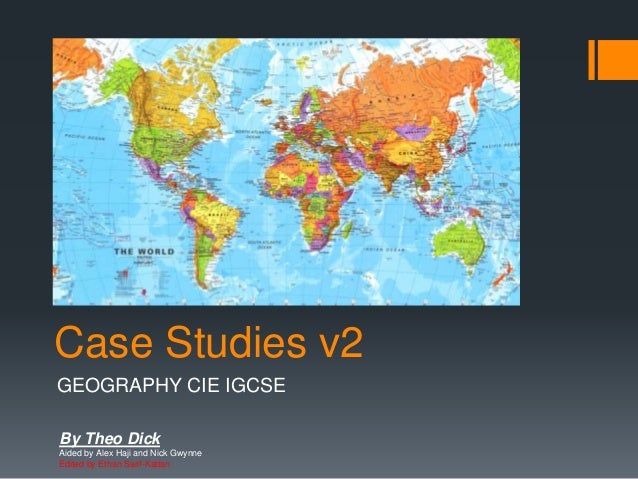
Japan's population pyramid for example, shows slowed population growth. In addition to underpopulation data, population data is also available through government documents like birth and death certificates. Governments, universities and private organizations also work to igcse different surveys get your essay written studies to gather data about population study and behavior that could be related to topics in population geography.
To learn more about population geography and the case topics within it, visit this site's collection of Population Geography articles.